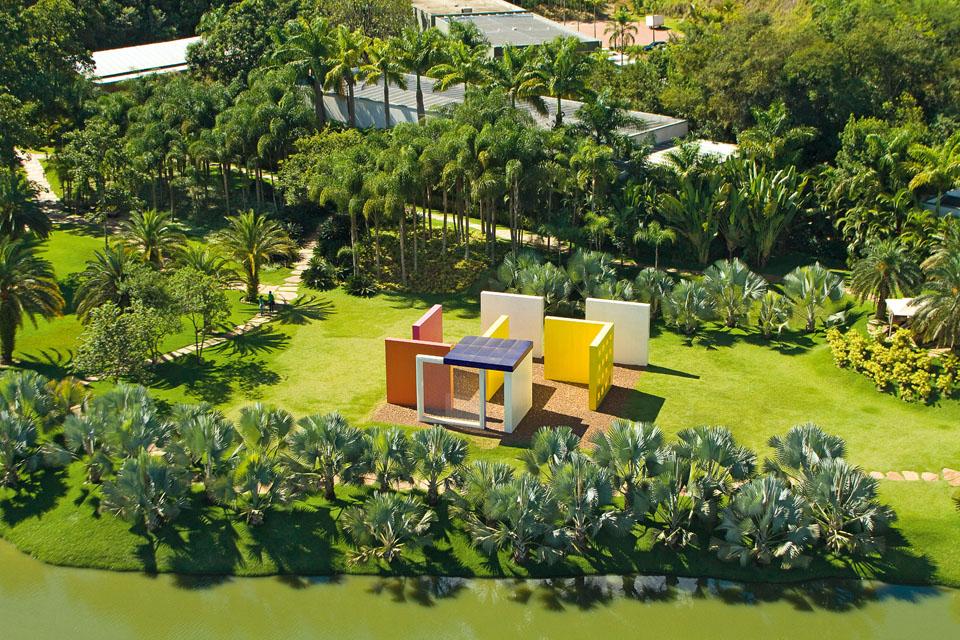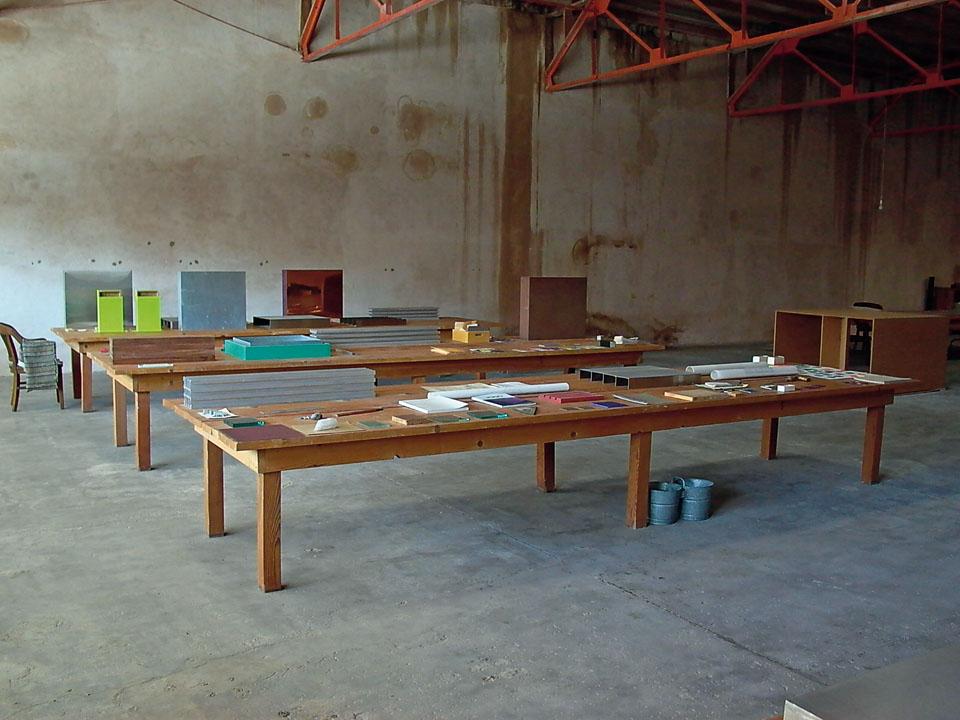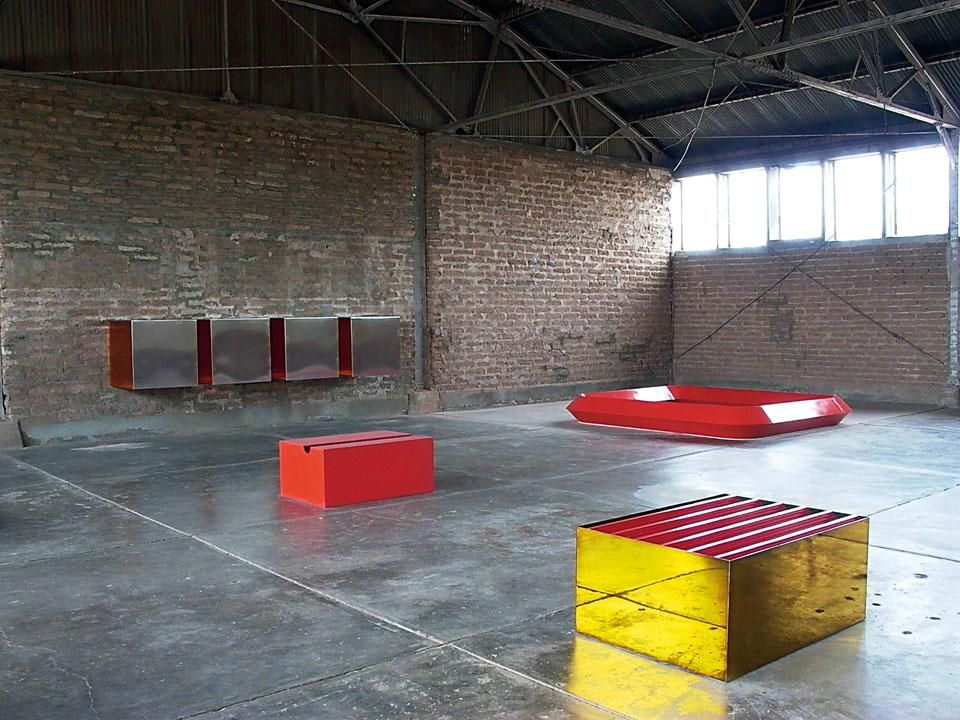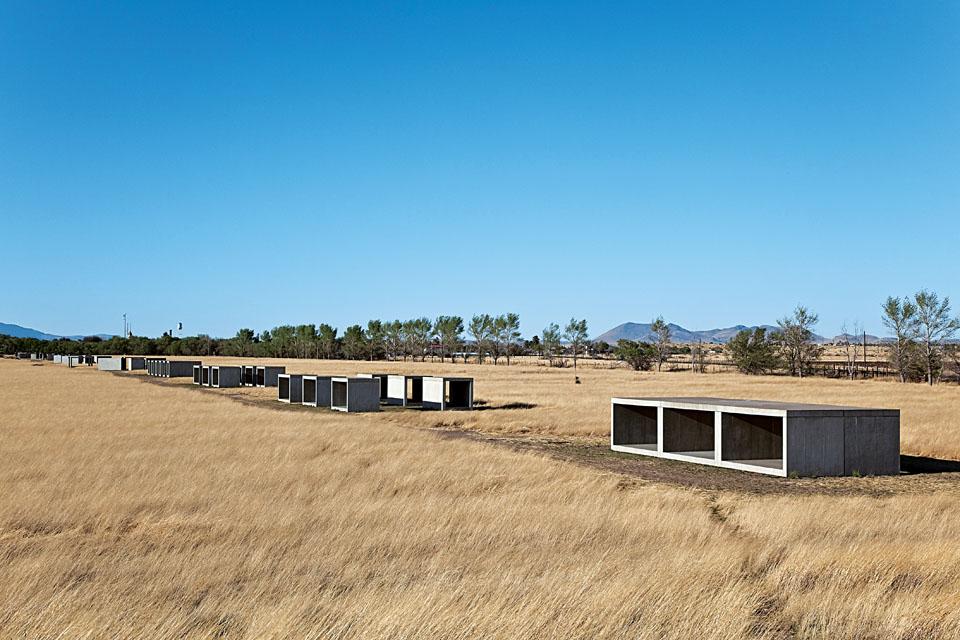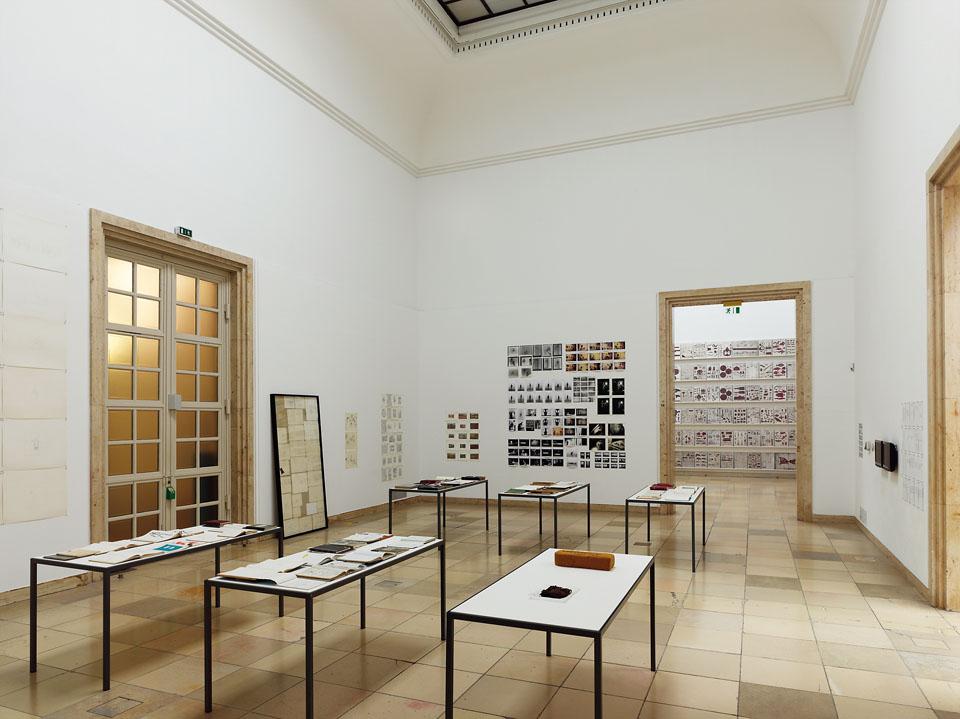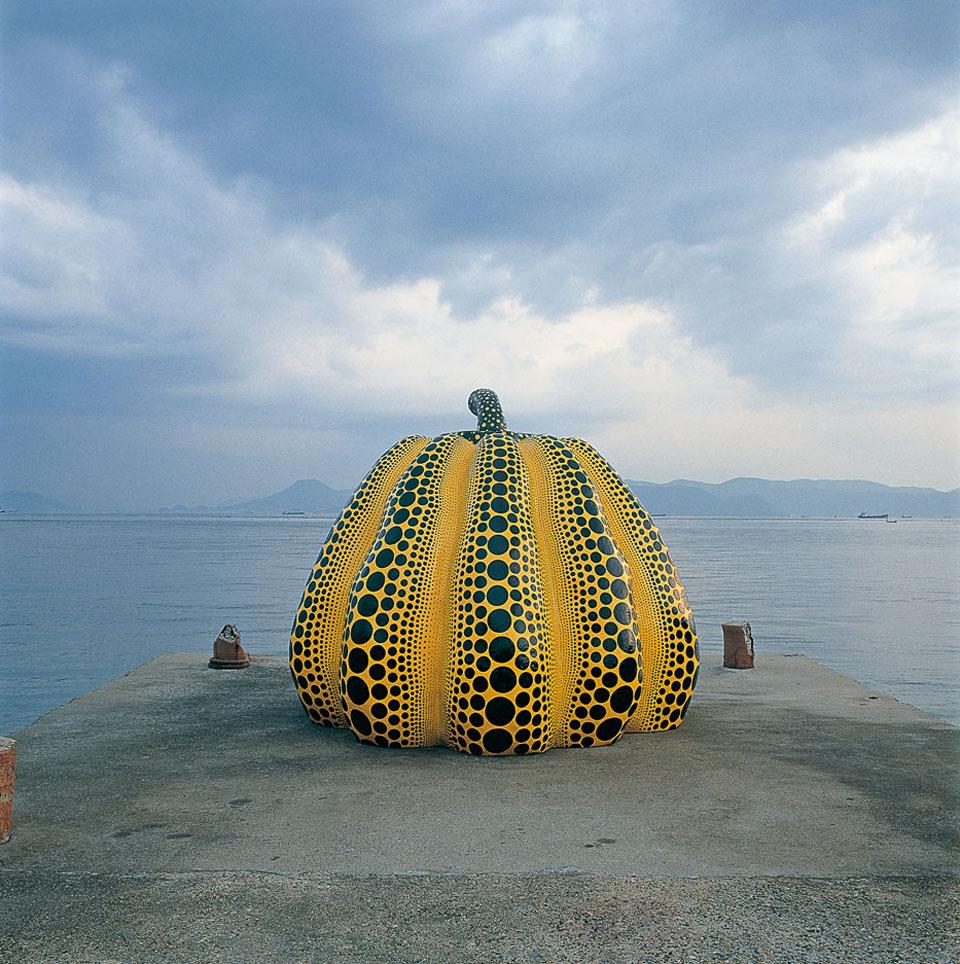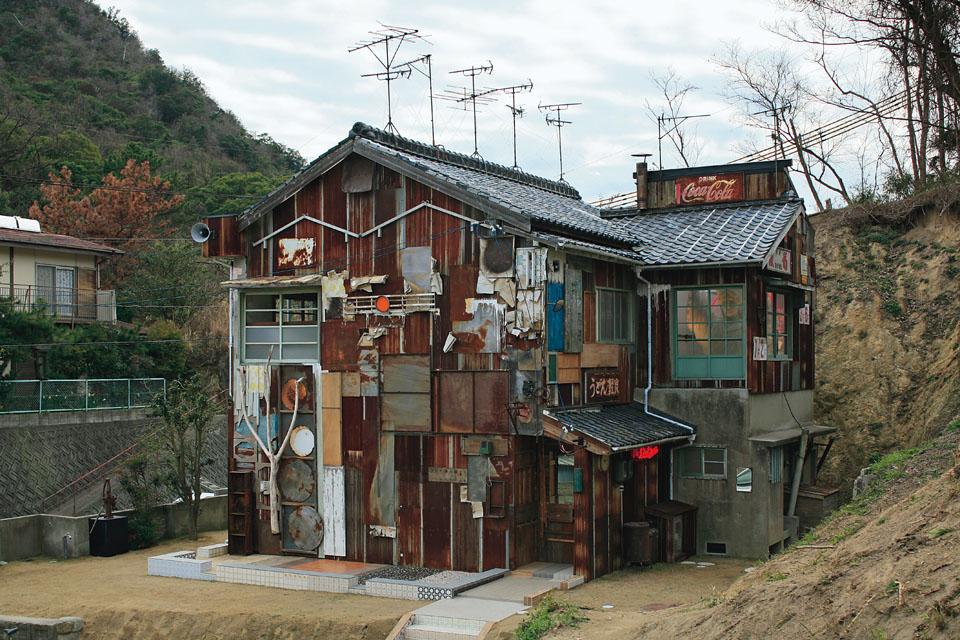It is the software as well as the hardware that makes a great museum: the works of art, the exhibitions and the public, and not necessarily the appearance of the buildings. Or rather, what makes a museum unique is the dialogue between its software and its hardware, a dialogue that may flare up in a clash or friction, or settle into perfect harmony. The DNA of museums must be sought in the narrow space that separates the architecture from the artwork—the interval between the architecture and the art is a museum's true locus.
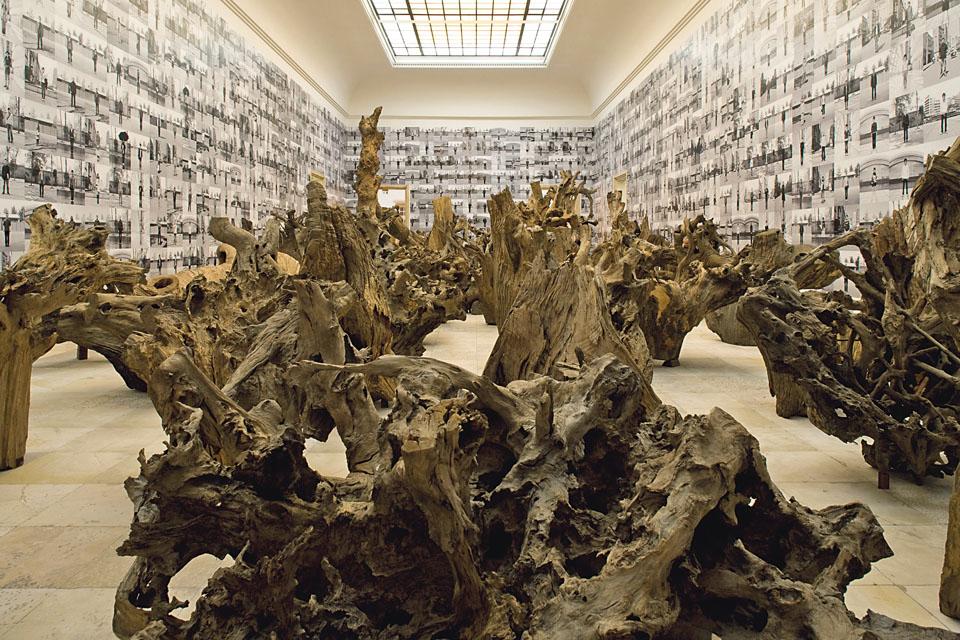
Above: A room in Ai Weiwei’s exhibition So Sorry at the Haus Der Kunst. Münich, showing the works Soft Ground, 2009, Rooted Upon, 2009 and Fairy Tale, 2007. Photo Wilfried Petzi, © Ai Weiwei.
The eruption of museums that marked the late 1990s and the boom years at the start of this century—i.e. the Guggenheim effect—seems to have been replaced, in recent years, by an ecological approach and environmental awareness that favours conversion, restoration and conservation over construction. It is no coincidence that the most famous museum of this century is London's Tate Modern, a former power station converted by Herzog & de Meuron in 2000.
Of all the contemporary museums housed in the skeletons of old buildings, however, the Haus Der Kunst in Munich is one of the most complex examples. Built between 1932 and 1937 to a design by the "Fuhrer's master architect" Paul Ludwig Troost, the building was originally conceived as the German regime's first huge propaganda building, and its history includes some of the most traumatic moments of Germany's past. With its gigantic proportions, Swastikas decorating the porch and marble and Bakelite surfaces, it is an awkward and terrifying symbol of Nazi arrogance. Yet, in recent years—especially since the outgoing director Chris Dercon retrieved the architecture and original details without shame or embarrassment—the Haus Der Kunst has emerged as one of the most fascinating buildings for the presentation of contemporary art. It has become a place where artworks seem imbued with fresh substance, as if the long shadow of history were inevitably colouring their contours. In other words, it is the history of the building that makes the architecture and lends new context to contemporary works. Rem Koolhaas described it as an "aura machine", declaring in a number of writings and talks that the real attraction of the Haus Der Kunst lies in the way it brings with it the frisson of the Nazi memory and the events of those years. The spectre of history invests the works on show with a host of potential interpretations, indirectly unveiling complicity between the aesthetic of contemporary art and that of 1930s' Germany. This complicity may perhaps be uncomfortable and difficult to admit, begging further enquiry, but it nonetheless instils unique energy in the works of art.
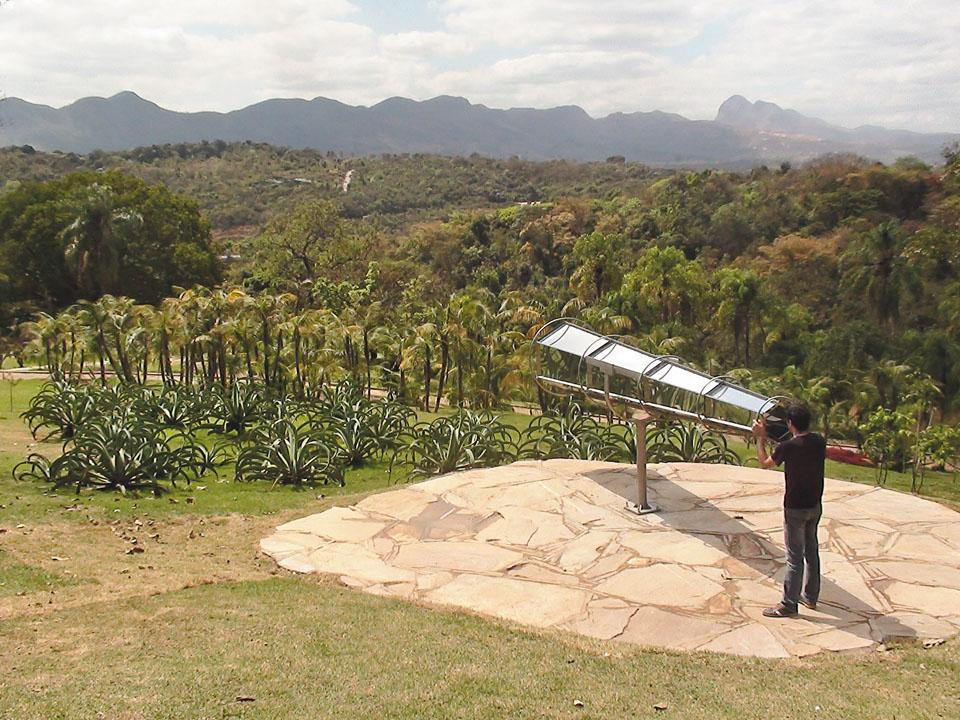
The recycling strategy—often hovering between philology and a kind of historic novel—has been adopted in many other museum and exhibition experiments in recent years. In Japan, since the early 1990s, the Benesse Art Site has been turning old houses and whole portions of abandoned villages on the island of Naoshima into stunning places in which to stage immersive installations and site-specific artworks. Despite the odd excess of 1980s' grandeur that has dented the project, Naoshima is a model of the scattered museum, or a museum-archipelago as it has been called by the Swiss curator Hans Ulrich Obrist. It represents a wholly original approach that in the last few years has found many fans in distant places. In Brazil, for example, lying an hour's drive from Belo Horizonte and nestled in the hills of the State of Minas, is what might be the most extraordinary and surreal museum experience of the last 20 years. Inhotim is a botanical park that conserves the world's largest collection of palm trees. Immersed in the lush vegetation—a cross between tropical forest and Jurassic Park—are a number of pavilions, some making bold architectural statements and others more anonymous ones, containing works by Matthew Barney, Doug Aitken, Hélio Oiticica, Rirkrit Tiravanija and many more contemporary artists.
In the case of the Haus Der Kunst it is the history of the building that makes the architecture and lends new context to contemporary works.
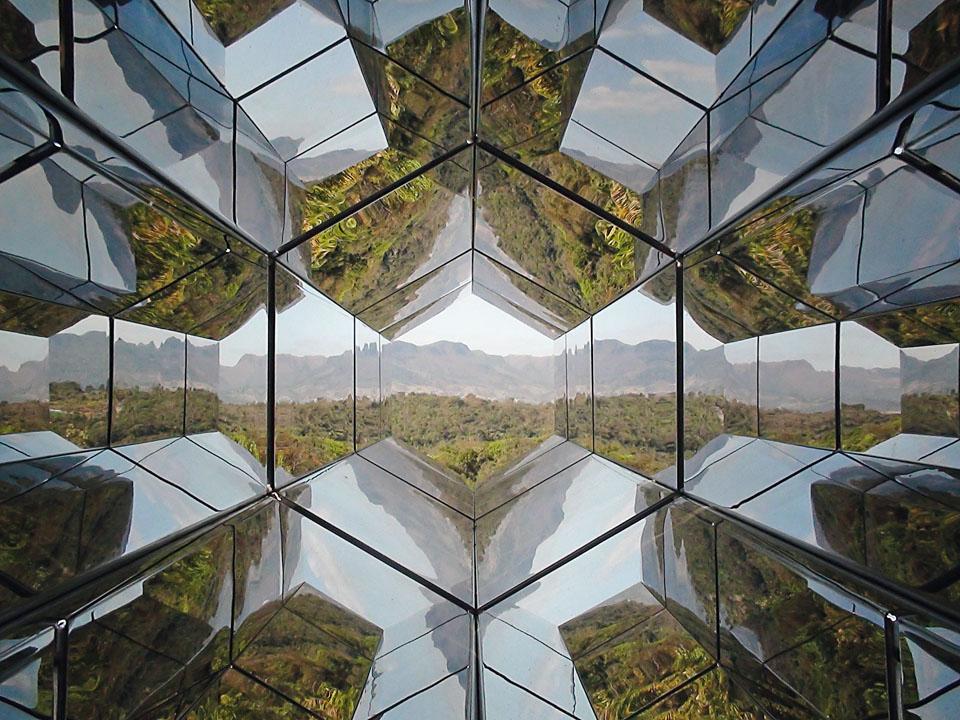
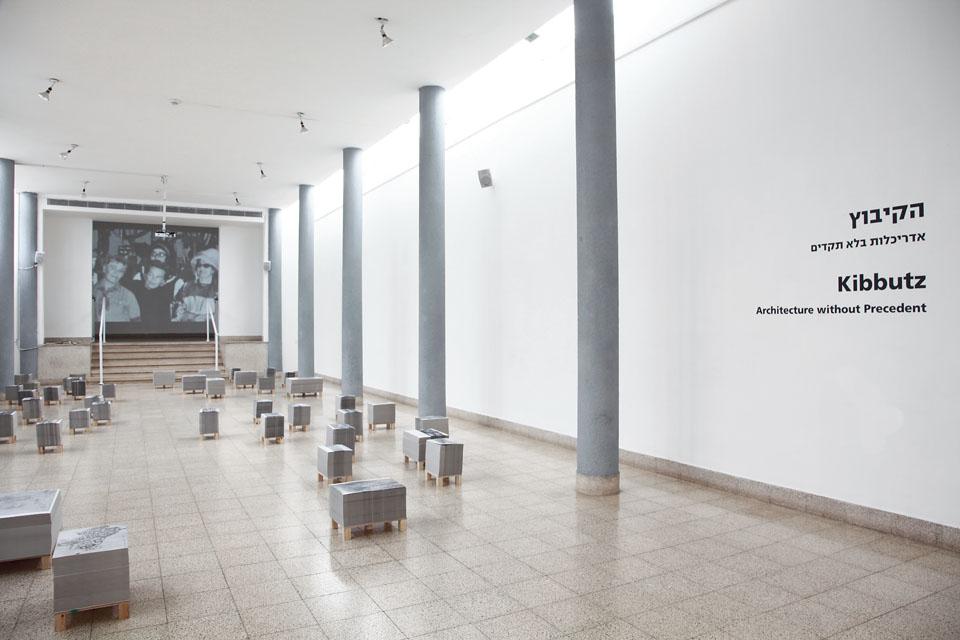
Light is an essential construction material in the architecture of galleries and museums. Renzo Piano is a master of natural lighting. Indeed, the spaces and works of the Menil Collection in Houston and the Beyeler Foundation in Basel seem to float in soft light while the architecture retreats into the background. Perhaps slightly too pedantic and constrained in its blasé elegance, Piano's architecture of light becomes a metaphor for the concept of the museum. Light and the museum identify with one another to define a space that is both tenuous and omnipresent, enveloping but elusive.
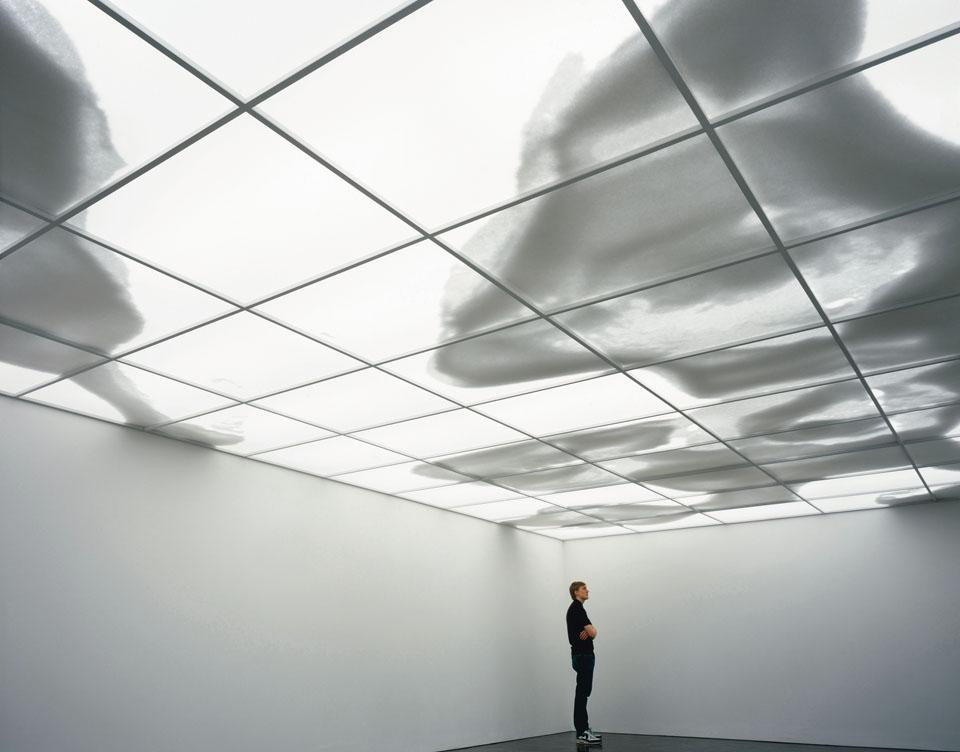
Its museum, designed by Samuel Bickels and inaugurated at the height of the 1948 Arab-Israeli War, was the first brick museum to be built in Israel. But it was a unique experiment even when it was only a shaky wooden construction back in the 1930s: a kibbutz where just a few hundred people lived and that lacked nearly all services had placed a museum at the centre of village life. Constructed before it even had a collection, it is the epitome of a museum concept that perhaps no longer exists but that should be rediscovered and preserved. The hub of a community, a place of aggregation and encounter, the backbone of society but also an escape, a place in which to hide from the pressure of real life. In 1937, the same year in which a degenerate art exhibition opened just a stone's throw from the Haus Der Kunst, an artist called Haim Atar wrote in the village newspaper of a remote desert kibbutz, "There has never been a generation as much in need of a museum as ours, because for us art is the spiritual possibility of living."
Massimiliano Gioni,
Art critic and curator
